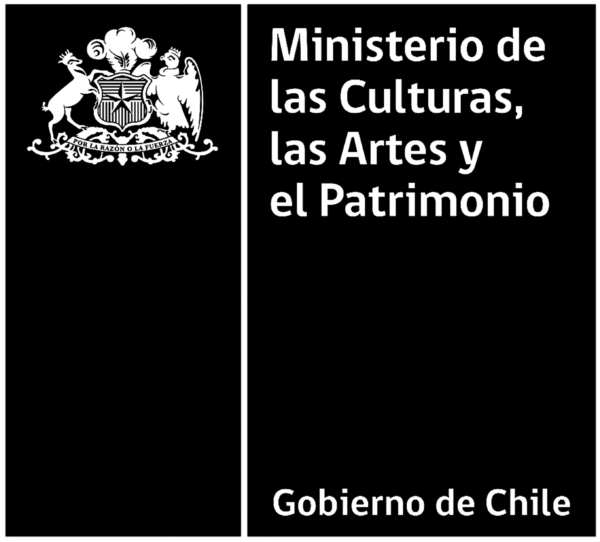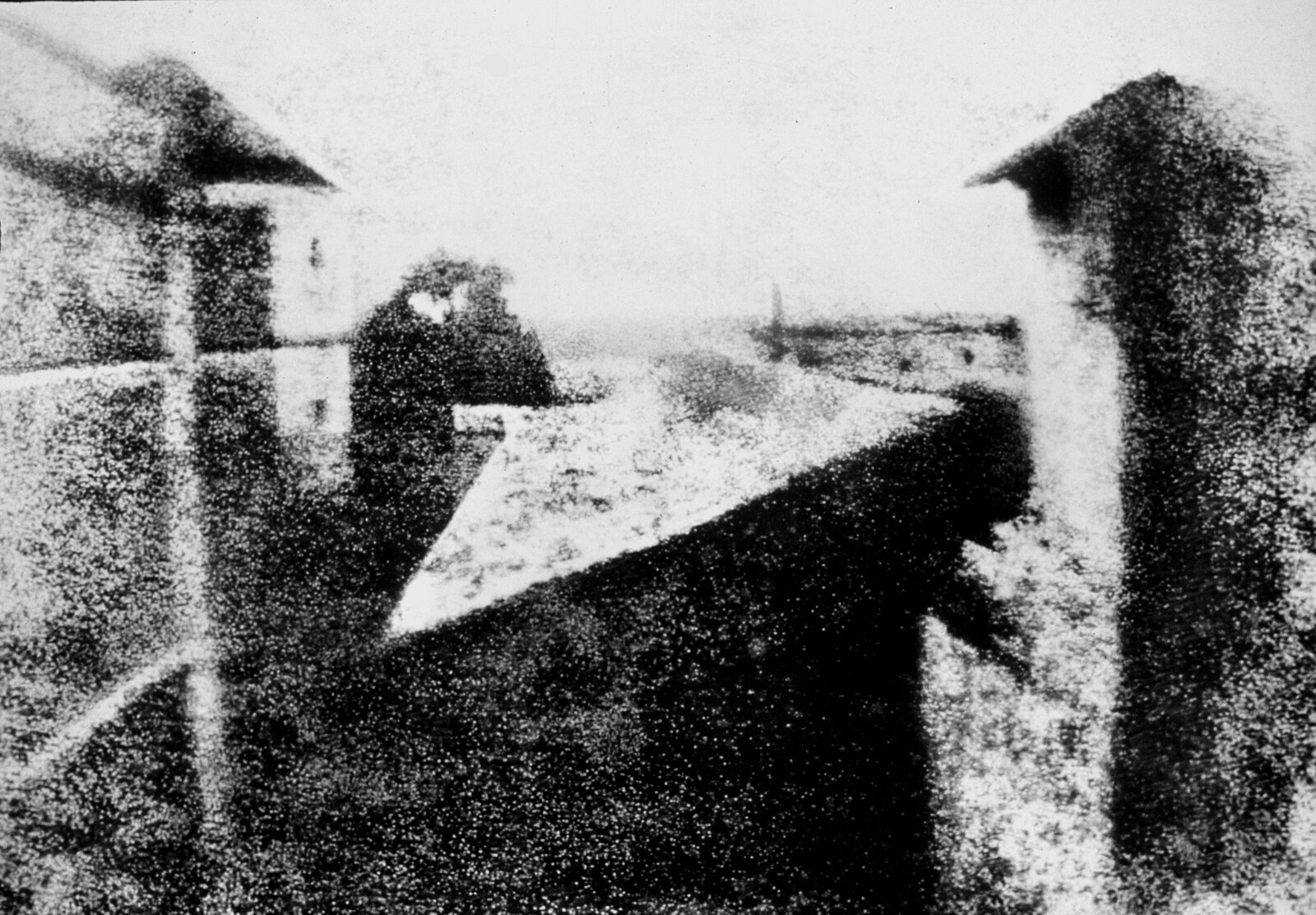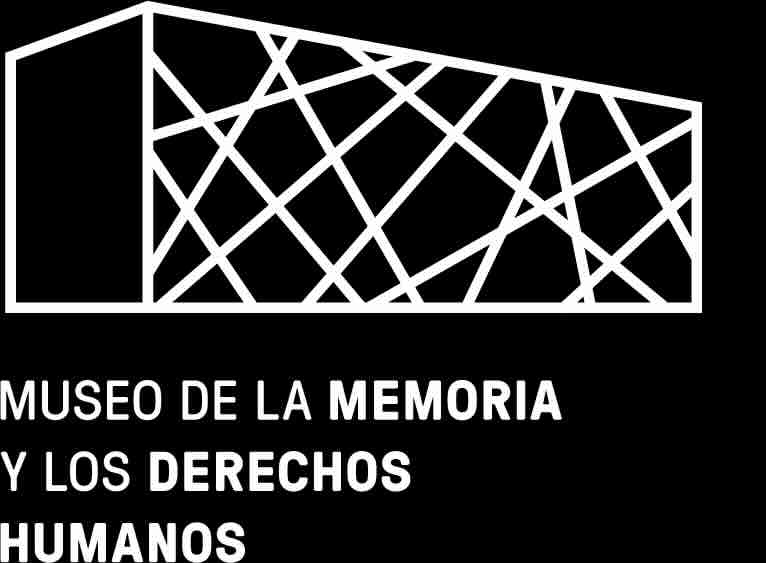(Photographic) Images: Infinite Re-encoding Circuits
Pia Cordero
por Niépce en Saint-Loup-de-Varennes, sur de Francia
Photographic images have lost their value as objects. To understand this statement, let us refer to Vilém Flusser's reflections on technical images. Unlike pre-industrial images, which lose the information they carry once their physical support is destroyed, the information in technical images, such as photographic and electronic images, is not stored on the same physical support as the image and, consequently, can be transferred from one surface to another.1
In this regard, Joan Fontcuberta has pointed out that the history of photography can be divided into the material history and, the history of its dematerialization in the digital age.2 From the material history perspective, photographic images would have the ability to preserve an event by protecting it from the passage of time.3 While from the perspective of the history of its dematerialization, photographic images would have become mere information supports that circulate endlessly, generating an epistemological stage that has modified social interactions in the public sphere.
Photographic images, as technical images, have become, paraphrasing Flusser, retaining walls of history. The change in social uses has turned these images into “imagined surfaces” since by losing their value as material objects they have gained it as “evocative” objects, detached from all social, geographical and political contexts.
Likewise, the mere circulation of images, that is, the endless re-encoding of their meanings, would prevent the distance for a critical understanding of our environment. This situation has weakened the expressive coefficient of images, especially press and documentary images, which communicate social and political contingencies to us. Faced with the weakening of images, which are essential for intercultural understanding, how can we subvert this condition of compulsive re-encoding that has turned images into a mere means of reproduction?
Siegfried Zielinski has suggested that the interface of technical images is the border between people and devices, that is, between people, machines and programs.4 At the same time, splitting and connecting, they would mediate our conscious life with an algorithmically constructed simulation machine. It is precisely at this intersection that the challenge would arise, especially for the arts, design and architecture, to sensitize ourselves to the Other, to make it emerge and determine it not as fiction, but as genuine reality.
Notes
1. Vilém Flusser, “The Photograph as Post-Industrial Object,“ Life World (Italia: Fondazione Sandretto Re Rebaudengo, 2017).
2. Joan Fontcuberta, Estética fotográfica (Barcelona: Editorial Gustavo Gili 2003), 12.
3. From this perspective, Roland Barthes states that the lucidity of the photographic camera corresponds precisely to the imprint of reality on paper, saying that «the object yields itself wholly, and our vision of it is certain contrary to the text or to other perceptions which give me the object in a vague, arguable manner, and therefore incite me to suspicions as to what I think I am seeing» (Barthes, Camera Lucida. Reflections on Photography. New York Hill & Wang, 106). Susan Sontag points out something identical, commenting that photographs have an objectifying character because «they turn an event or a person into something that can be possessed” (Susan Sontag, Regarding the pain of others. New York: Picador 2004, 64). Both authors argue that photographic images provide objective evidence of a past event to the extent that they are moments, that testifies to a real event.
4. Siegfried Zielenski, “Art and Apparatus”, 6th international Vilém Flusser symposium Intersubjectivity: Media Metaphors, Play and Provocation, Budapest, 1997.
Proyecto de Investigación financiado por:
 Fondart 2022
Fondart 2022Apoya;

